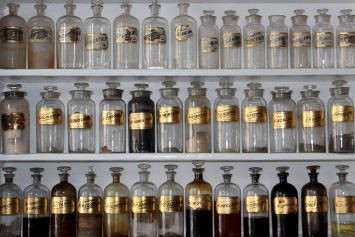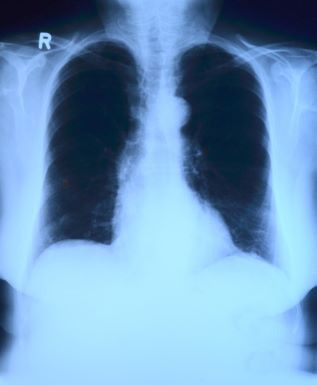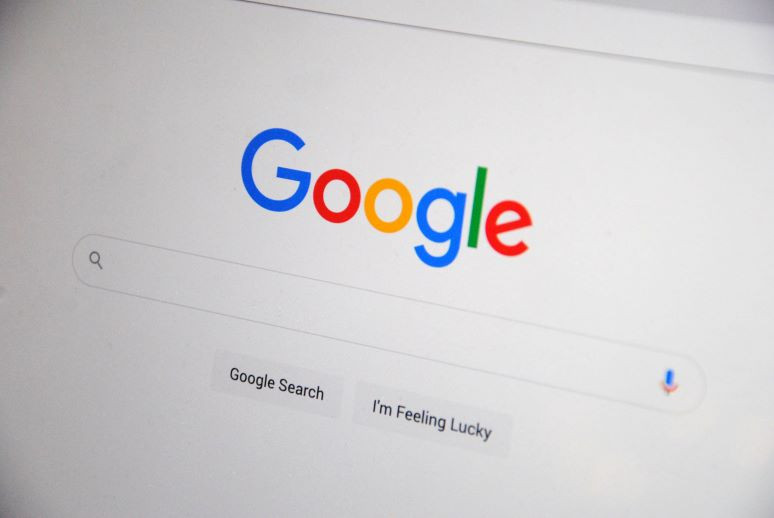This overview covers the fundamental terms used to describe medicines in regulatory settings. The main purpose is to highlight the differences and similarities between the terminology used by EMA, FDA, and WHO. So far, we’ve covered the following terms:
| EU (EMA) | US (FDA) | WHO |
| See the definitions in the first part and second part of this series. | ||
| Medicinal product | Drug | DrugPharmaceutical product |
| Finished productFinished medicinal product | Drug product | Drug productFinished pharmaceutical product |
| Substance | Substance | Substance |
| Active substance | Active substance | Active substance |
| Drug substance | Drug substance | Drug substance |
| Excipient | Excipient | Excipient |
| Active ingredient | Active ingredient | Active ingredient |
| Active pharmaceutical ingredient | Active pharmaceutical ingredient | Active pharmaceutical ingredient |
Let’s add a few more.
What is a dosage form? WHO gives a detailed definition.
The physical form in which a pharmaceutical product is presented by the manufacturer (form of presentation) and the form in which it is administered (form of administration). Also sometimes referred to as “pharmaceutical form”. Examples include tablet, capsule, elixir, injection, suppository.
Note that term “pharmaceutical form” is used in the EU SmPC, while the US drug labels use the term “dosage form”.
Directive 2001/83/EC also mentions the term "formulation" that can refer to both composition of a finished product and a dosage form. It has no strict definition and should be interpreted based on the context.
What about the word “medicine” in the heading of this review? WHO defines it as:
Medicine
Any substance or pharmaceutical product for human or veterinary use that is intended to modify or explore physiological systems or pathological states for the benefit of the recipient.
On the WHO website, the terms medicine and pharmaceutical product are used interchangeably.
Although, in EU and US medicine is not a regulatory term and therefore not suitable for official documents, it is synonym to drug / medicinal product / pharmaceutical product and can be used in patient-oriented documents.
Medical product is an even broader term. It includes both pharmaceutical products (= drugs = medicinal products) and medical devices. Despite similar spelling, medical product and medicinal product are not synonyms.
Also, some products can be borderline between medicinal products and medical devices. UK MHRA has explained the difference in A guide to what is a medicinal product:
In the case of a medical device, the principal mode of action is typically fulfilled by physical means (including mechanical action, physical barrier, replacement of, or support to, organs or body functions). Medical devices may be assisted in their function by pharmacological, immunological or metabolic means but not defined as their principal mode of action. Accordingly, where a product achieves its principal intended action by pharmacological, immunological or metabolic means, it is a medicinal product.
Some organizations also use the term healthcare product that is not used in regulatory documents. It can mean both medicinal product and medical product, depending on the context.
💡 Want to know more about drug products and explore the related terminology? Take a course Pharmacology for Translators and Interpreters (I Edition) from Ekaterina Chashnikova, author of this article.






